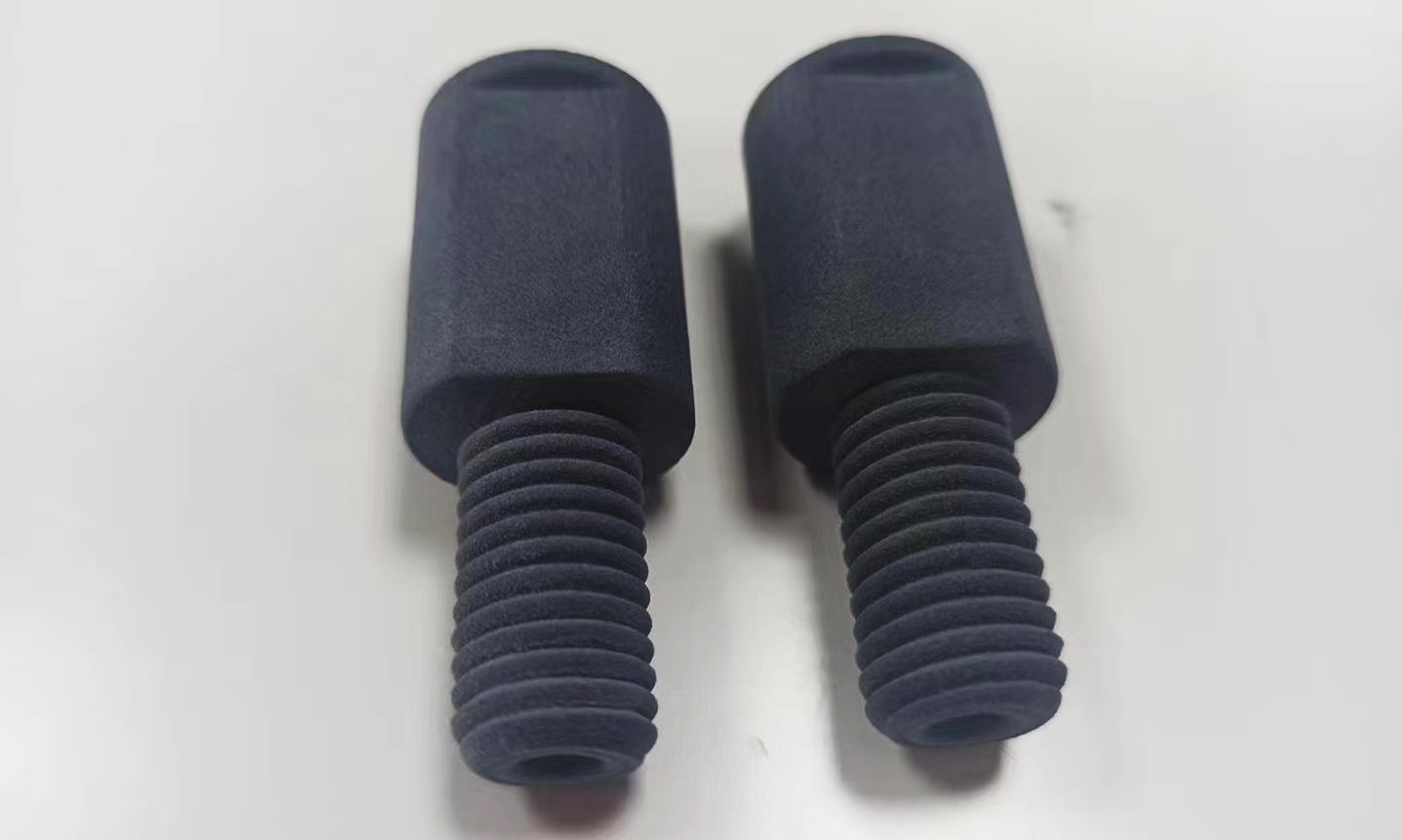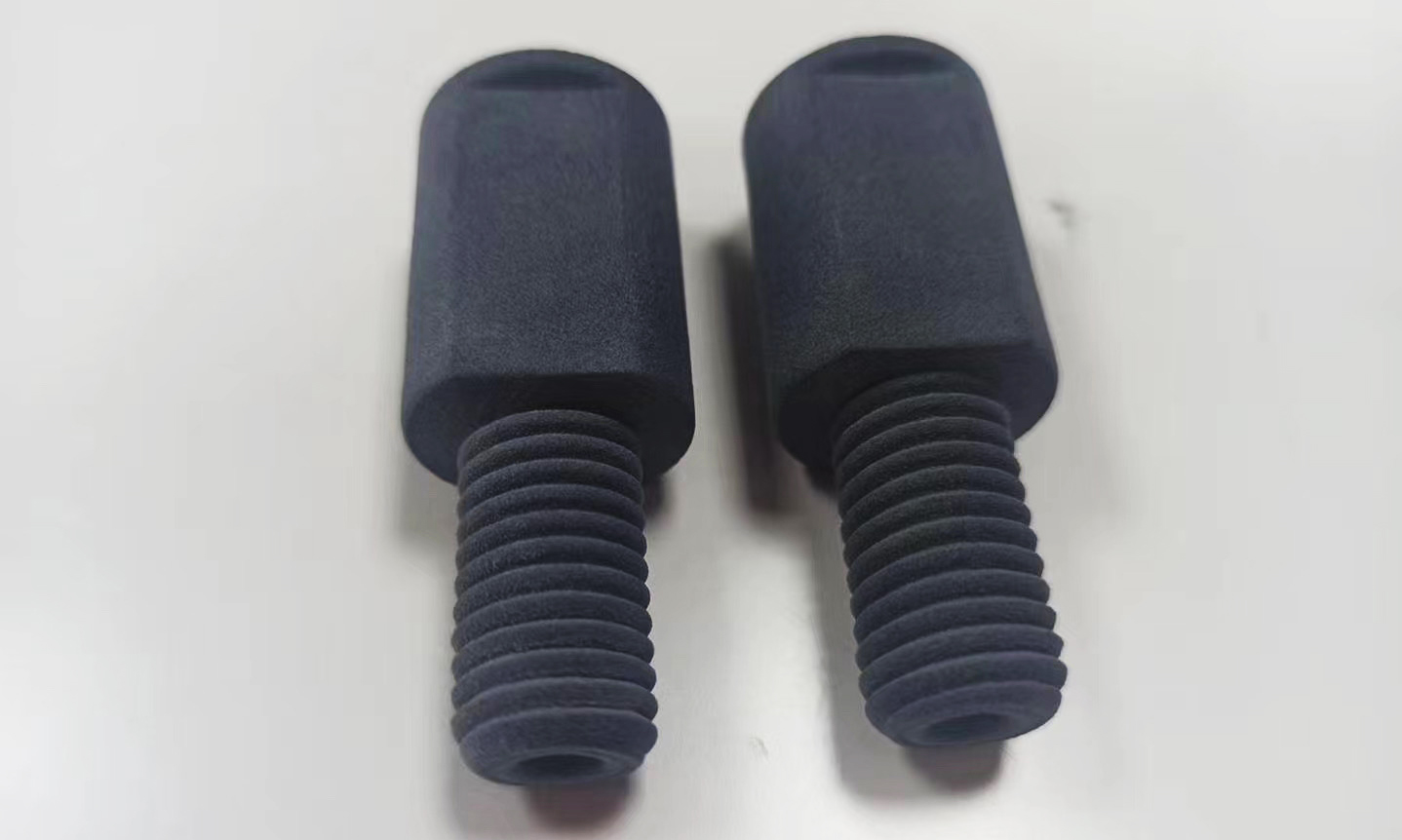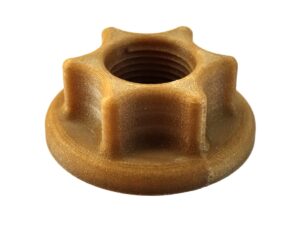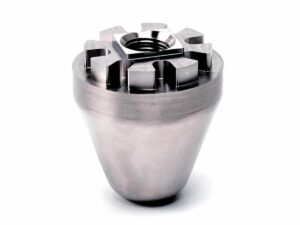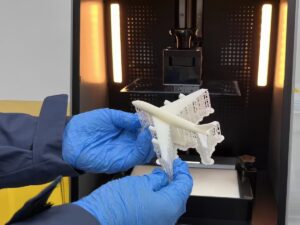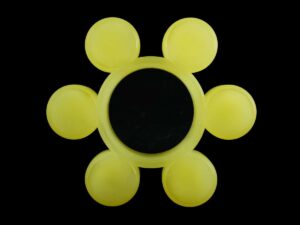Gallery
About Project
A nylon screw is exactly what it sounds like: itŌĆÖs a screw made out of nylon, which makes it a type of plastic screw. Nylon screws can be found in home appliances, like washing machines, electronics, and some heavy-duty commercial machines. You can even find nylon screws in automotive parts.
Nylon is also able to fasten to many different kinds of materials, which makes it extremely versatile. Nylon screws can be used with particle board, rubber, metal, wood, and other plastic items. They are more lightweight than traditional metal screws, which can greatly affect the weight of the completed project, depending on how many of those screws you have to use.
The SLS Nylon(PA12) objects printed through FacFox are created from a fine polyamide powder, more commonly known as one kind of plastic. The screws printed with SLS Nylon(PA12) are tougher than they look, which also means that they are resistant to corrosion, unlike metal screws that can rust quickly. They have good insulating properties and can conform to irregular surfaces.
Challenge
Choosing a proper material for making bolts and nuts is essential. The bolts printed with resin will easily break when tapping and screwing with the buts. SLA Tough Resin always does not work well. We recommend using SLS Nylon and FDM plastics for printing bolts.
Solution
- Step 1: The powder bin and the build area are first heated just below the melting temperature of the polymer and a recoating blade spreads a thin layer of powder over the build platform.
- Step 2: A CO2 laser then scans the contour of the next layer and selectively sinters (fuses together) the particles of the polymer powder. The entire cross-section of the component is scanned, so the part is built solid.
- Step 3: When the layer is complete, the build platform moves downwards and the blade re-coats the surface. The process then repeats until the whole part is complete.
